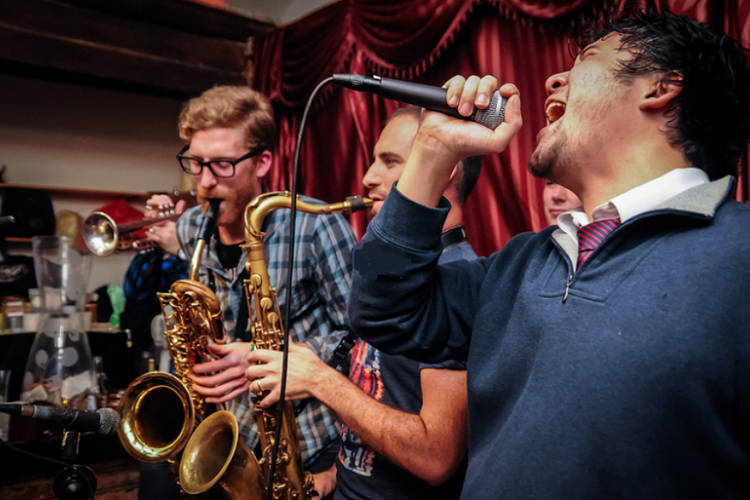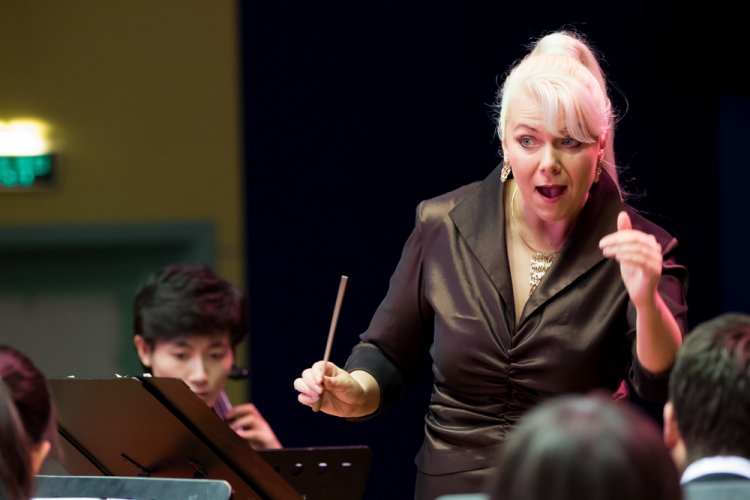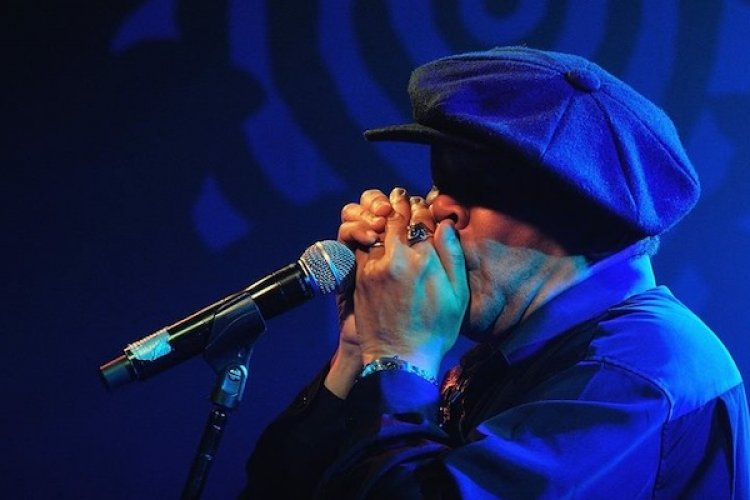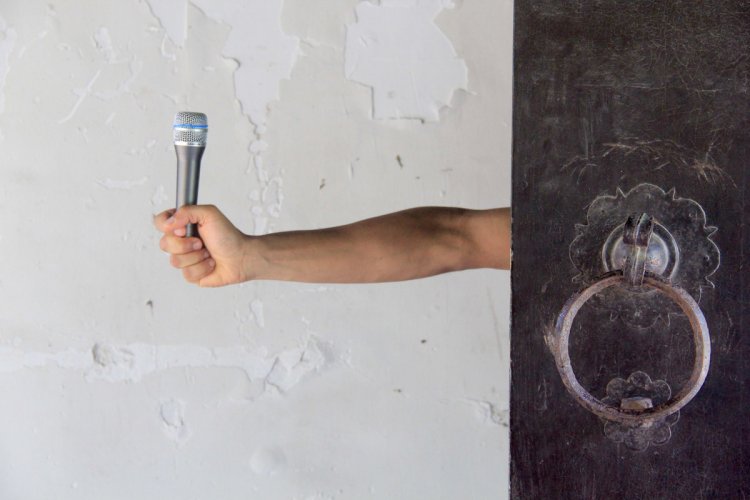The Big Banh: Jun Trinh Serves up a Serious Sandwich
Canadian-Vietnamese chef and martial arts practitioner Jun Trinh came to live in Beijing over three years ago “by accident,” but has certainly not come to regret it. As the head chef of both Luga’s Pho Pho and Luga’s Banh Mi Now in Sanlitun, he has quickly established a reputation and customer base for his delicious, handmade banh mi (a type of Vietnamese sandwich made with a baguette and assorted fillings, ranging from pickled veggies to pate and pork), not to mention his distinct fashion sense and flowing dreadlocks. We spoke with him about his heritage, cooking philosophy, capoeira and natty dreads.
Tell us about your Vietnamese heritage and your childhood.
I grew up in Toronto, which is a very multicultural city, so as a kid I was around a lot of Vietnamese, Chinese and Italian people. My mother’s side is actually from Laos, but growing up in an Asian family meant that the paternal side of my heritage was more influential. There was a heavy Chinese/Vietnamese religious influence; my family is Buddhist so we have deities at home, things like that. When I was younger I was given a lot more Vietnamese values, and spoke Vietnamese too, but as I got older we spoke more Chinese, for practicality’s sake, I guess.
Why did you choose a career in cooking? When did food become ‘the big idea’?
Like many chefs, it wasn’t really something I chose to do – I started out of necessity when I was fourteen because of my family’s situation at the time. My mother’s side of the family did have restaurants though, so that was the main influence for getting a job in food rather than something else.
Why and when did you decide to move to Beijing?
I actually got here by accident! I was on a big overland trip to India with friends – we were going from Thailand through Laos to China, then through Tibet to India via Pakistan. However, we got to Tibet only to discover that we couldn’t get out on the western side because they had closed off the borders, so we decided to come to Beijing to get a visa to go via Mongolia, the other way around. But you know how it is, I met a girl, I stayed, she left, but by that point I had found great friends and Beijing was my second home.
How would you compare being a chef in Canada to being a chef in Beijing?
To be honest, I find that in Beijing my work is a constant struggle because my cooks don’t always understand why they need to follow every step in order to get the final product, and I find there are different levels of common sense between Westerners and Chinese people!
Is there a particular concept for the Bahn Mi Now menu?
The same as all of the Luga’s restaurants – good food at good prices. I like to make things from scratch, so all of the ingredients are prepared from scratch, the pate, the garlic aioli, everything. Banh Mi Now is a place to grab a quick bite, more casual food. It’s got a good lunch menu, and is a place to stop if you’re after speedy dining.
You were once quoted as saying MSG is not a part of your vocabulary. As a chef, tell us, why is it so bad?
When I was growing up, my mother fed me a very holistic diet, with all natural foods, so I instinctively hated the idea of using chemicals in food. As I got to know more about it once I got into the industry, I began to understand the ‘benefits’ of using it and to understand why it is used, but I still avoid using it as much as possible. I find Western chefs will use it to bring out the flavors they create within their food, whereas Chinese chefs tend to use it as a shortcut. I like to make full use of all the natural flavors I use to create my food as opposed to using MSG, and of course it isn’t great for you, so I just tend to steer clear.
What’s so special about your sandwiches? How did the idea for Luga’s Banh Mi Now emerge?
In Canada there are quite a lot of Banh Mi shops, but none in China. When I got involved with Luga’s we tackled the lack of pho, the next step was to bring the Banh Mi. It’s a bit of home, you know? It was a pretty natural transition to be honest, pho was already very successful and it was time to introduce a similar class of food but another slightly different concept from the restaurants already in place.
Why the Luga’s Pho Pho relocation?
That was mainly Luga’s idea – Pho needed a bigger spot, so we could work on expanding the client base and the menu. It got to the point where it was hard to get a table because the place was always full, and Baan Thai wasn’t doing so great, so again it was a natural change.
How long have you been working with Luga? What’s it like working with him?
I’ve been with Luga for just over a year, and as far as my role goes I am chef, manager and trainer. It can be pretty hard to juggle and I’m always super busy, but I believe it to be beneficial to my whole China experience – I’ll be well prepared and experienced in dealing with the Chinese market when I finally get around to opening my own place!
What is your favorite dishes on each menu and why?
From Luga’s Pho Pho it would have to be the Pho Dac Biet, because it reminds me of finishing school and going to my grandmother’s house to eat, and from Banh Mi, I would say the Vietnamese meatball sandwich.
What is the best moment, so far, in your career as a chef?
I’ve been cooking for 13 years now, that’s a tough question! The most interesting moment was probably in the Outback in Australia, when I cooked for an eco-construction company. I served blue collar workers high class international cuisine.
What is the worst/most embarrassing moment you’ve experienced as a chef?
There aren’t really any huge moments that I can think back to, just little errors like confusing one steak for another. I try to erase those memories as quickly as I can – while still learning from them of course!
And what is the funniest thing that has happened to you in Beijing?
Once I was out with a few friends when we met a lone midget on the street and took him out partying with us. We ended up in Bar Blu … best chick-magnet ever!
Tell us about your Capoeira training. How did you get into it, when did you start, and why would you recommend it?
Capoiera is an Afro-Brazilian martial art that incorporates fighting, music and dance. It was first practiced by slaves in Brazil, who used the dance to mask the more violent side of the martial art. I started when I first came to Beijing and have been doing it for three years. My cap name is Afobado, which means “Spaz,” because I had already done tai chi and kung fu when I started and used to get kicks confused! I hold classes on Tuesdays at The Gate mall in Haidian and Thursdays at BBoy Studio (3.3) in Sanlitun.
What other places do you like to frequent?
I go to Tryst a lot because I’m good friends with the staff, and I like 1F. On my days off I tend to go to Nanluoguxiang for a stroll, or to a park to chill out. I also love the art and music scene here, there’s always so much going on.
And finally, how long have you had the dreads? What do local people (and your parents) make of them?
I’ve had them for six and a half years. I got them because I didn’t want to style my hair long but I also didn’t want it short, and of course because I knew it would irritate my parents! They were not impressed at first - my grandmother thought they were dirty, and said she didn’t know if I thought I was White, Black or Asian! Chinese people seem to like them though; they make comments about them being cool.
Luga’s Banh Mi. Now Daily 10am-11pm. Above Luga’s (opposite Tongli Studio), Sanlitun Houjie, Chaoyang District. (6413 2786) 朝阳区三里屯后街同里对面
Luga’s Pho Pho. Daily 11am-midnight. 3/F (above Luga’s Villa), 7 Sanlitun Houjie (10m from northwest corner of 3.3 Shopping Center), Chaoyang District. (6413 2786) 朝阳区三里屯后街7号3层(离3.3购物中心西北角10米)






